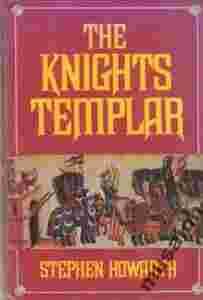Stephen Howarth
The Knights Templar
New York 1982
Stron 321, format: 16x23 cm
Obwoluta dodatkowo zafoliowana, książka bez śladów używania
The age of the crusades-complex, battle-torn and fiercely pious-encompassed the rise and fall of a singular Order of fighting men, equally devoted to God, war and the defense of Palestine. Here is a meticulously researched and completely absorbing history of that Order.
Contents[zasłonięte] 095-11[zasłonięte] 128-11[zasłonięte] 131-13[zasłonięte] 153-13[zasłonięte] 303-13[zasłonięte] 307-13

